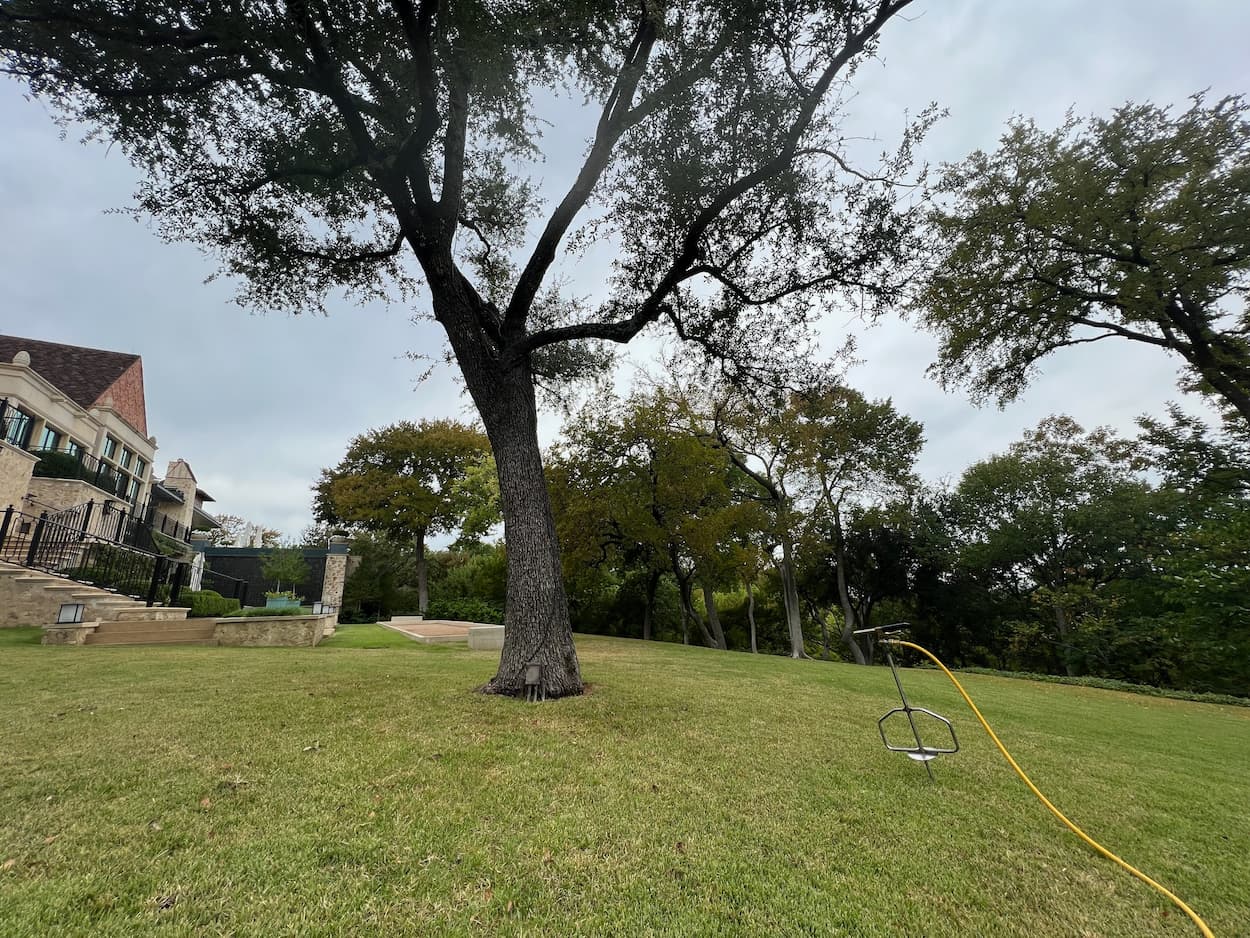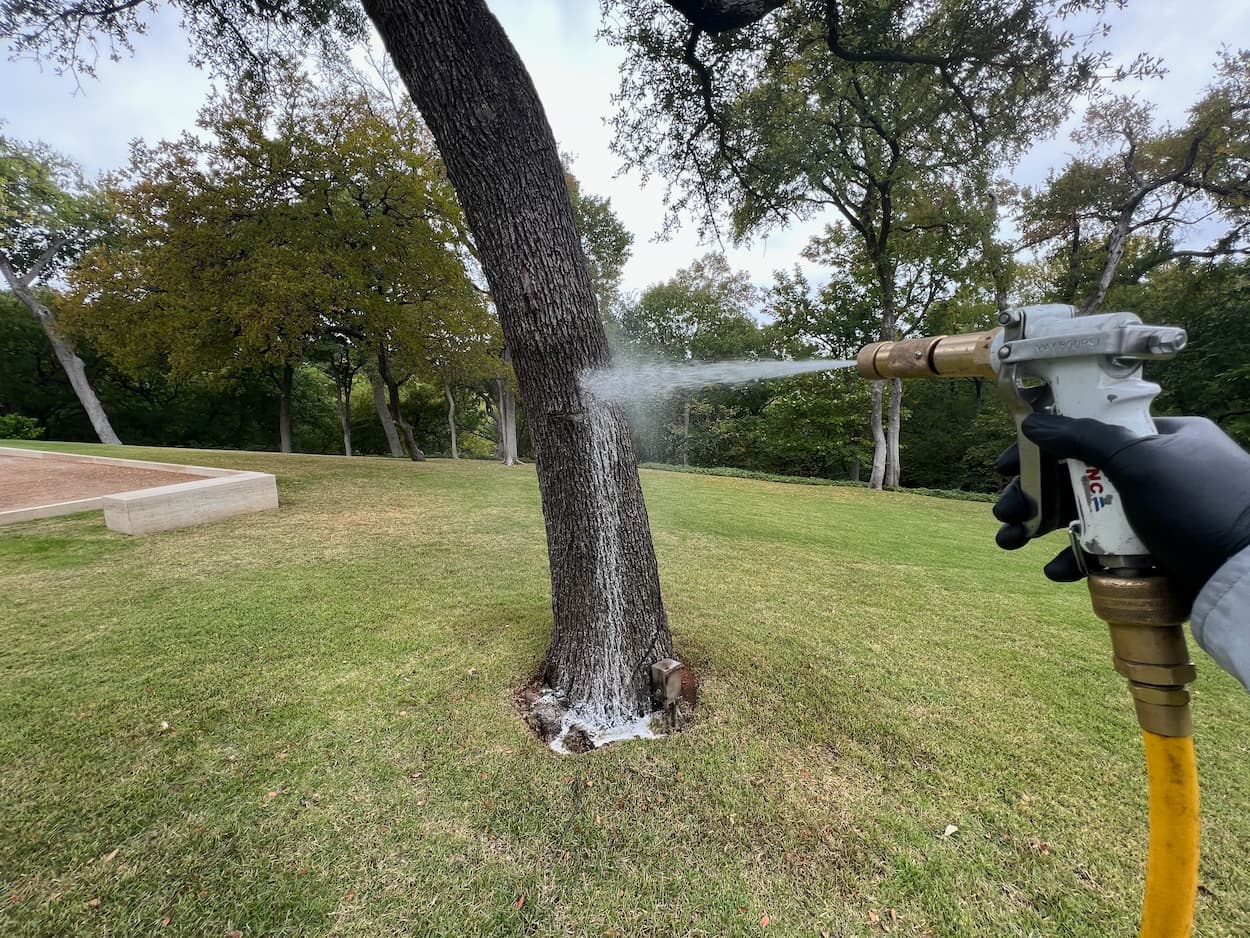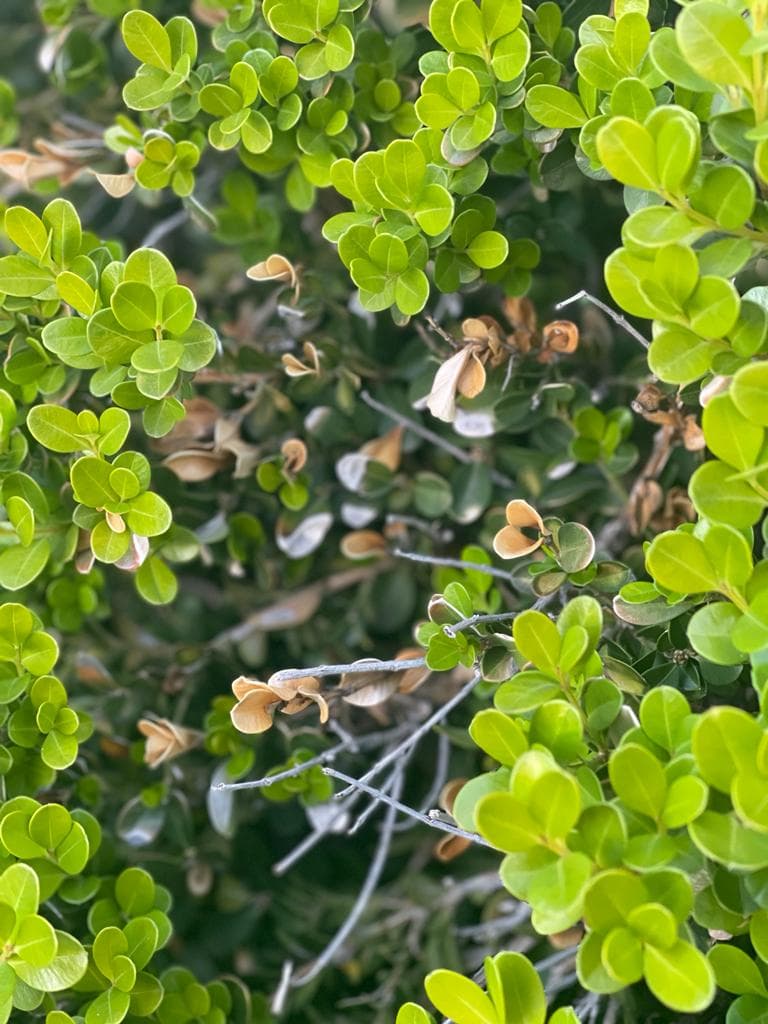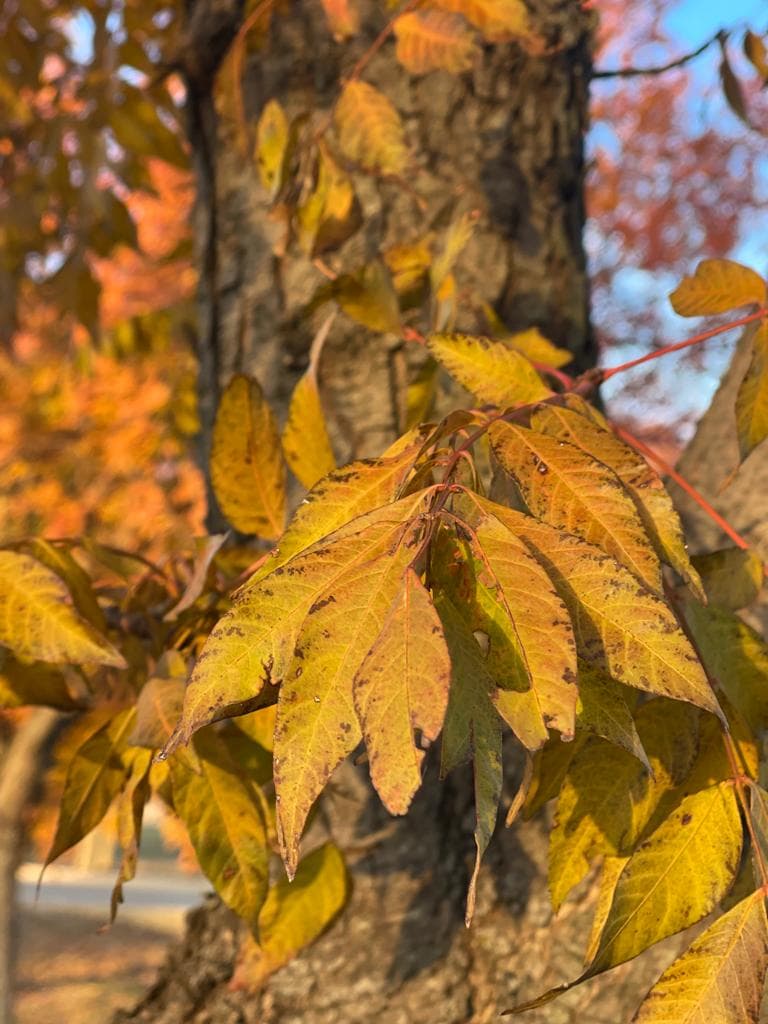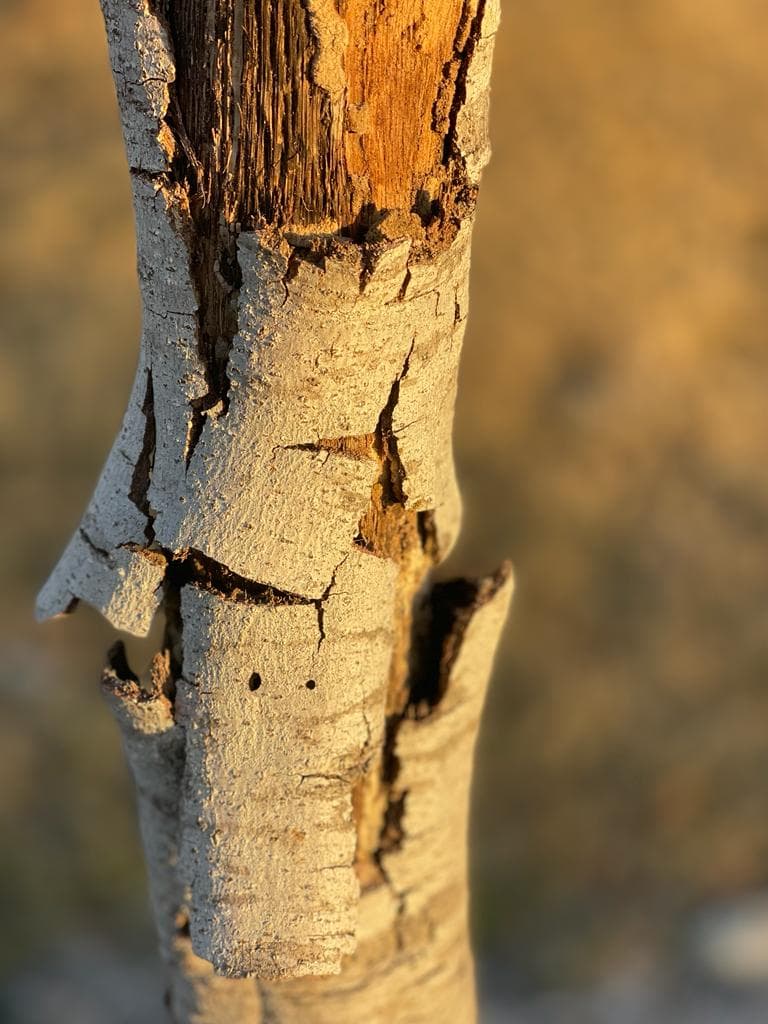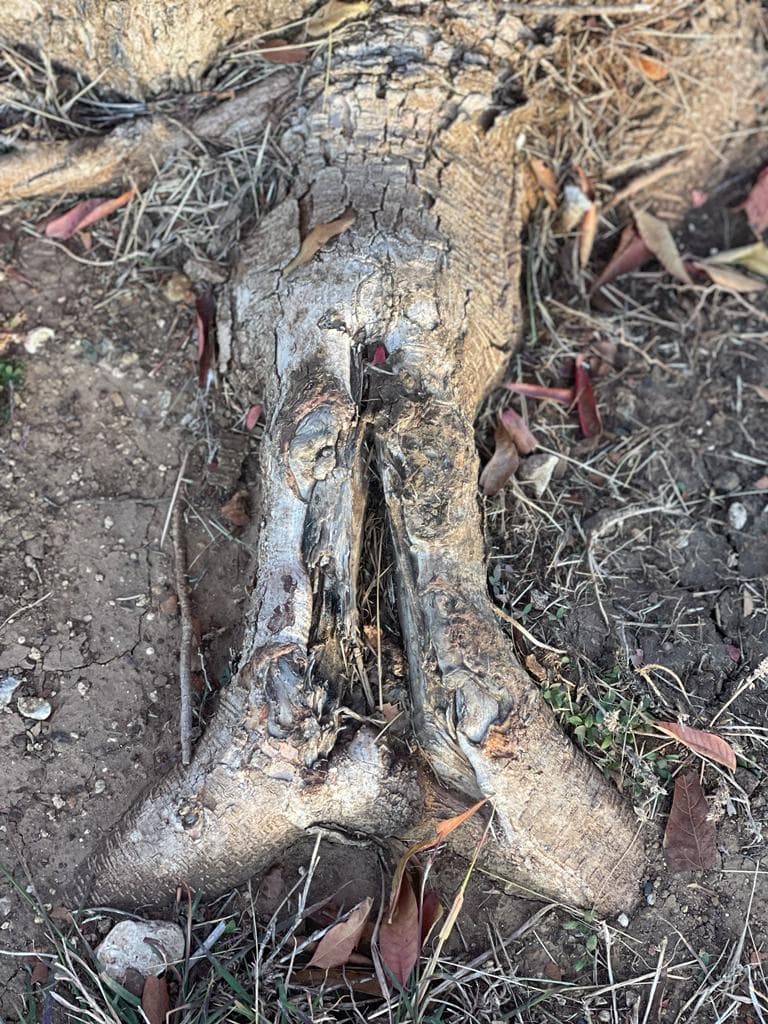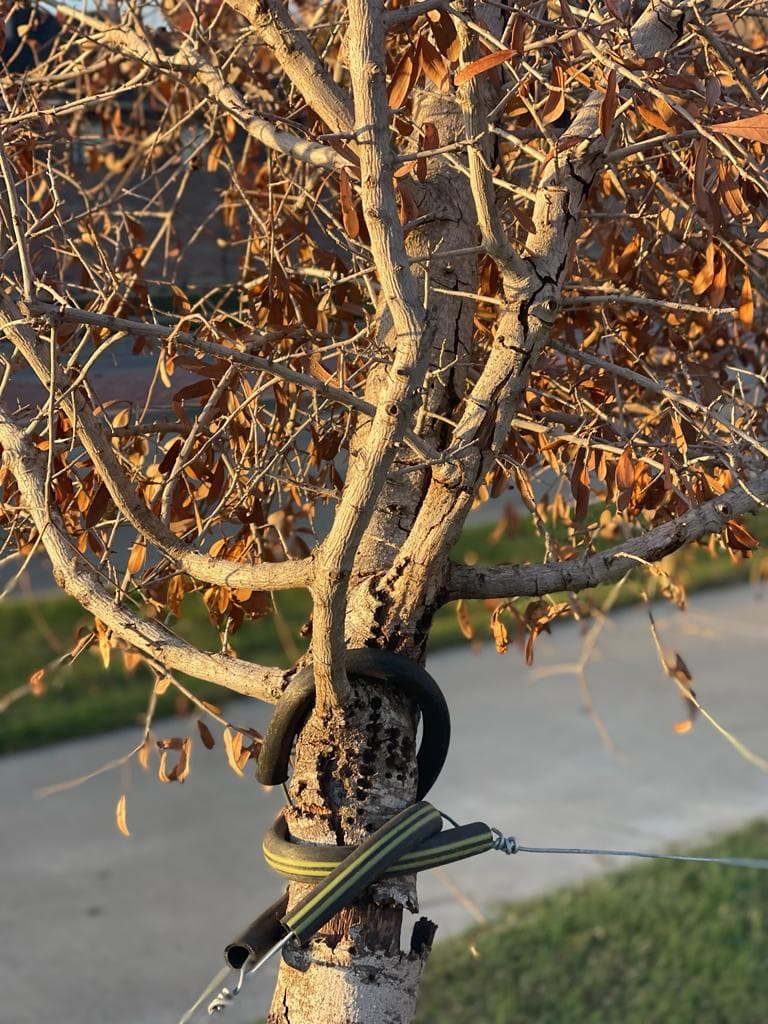Texas Shrubs & Tree Health Care Experts
Caring For Texas Shrubs & Trees Since 1990 Get A Free QuoteCall (817) 880-6130Tree & Shrub Pest Treatment Services in Westlake, TX
Our ISA Certified Arborist Can Help Treat Your Trees and Shrubs From Pests in Westlake, TX.
Arborist USA provides Tree & Shrub Pest Treatment Services in Westlake, Texas, and the surrounding areas.
Westlake, TX, is renowned for its rich tapestry of various tree species and shrubs, lending this town a distinctive charm. Maintaining these natural resources requires strategic pest management to ensure their vitality and environmental aesthetics.
In summary, effective pest treatments for trees and shrubs in Westlake, TX, require prompt pest identification, immediate treatment, professional assistance, diverse treatment methods, proactive care, an integrated pest management approach, preservation of ecological balance, community involvement, and the promotion of awareness. With these measures in place, Westlake can continue as a beautifully lush town teeming with robust, healthy trees and shrubs.
If you are in need of Tree & Shrub Pest Treatment Services in Westlake, TX, please get in touch with Arborist USA today by calling us at (817) 880-6130, your Tree & Shrub Disease Specialist.
Signs of a Sick Tree or Sick Shrub
- Dead Branches
- Yellowing Leaves
- Fungi or Decay
- Bark Falling Off
- Discolored or Rusted Leaves
- Dying Tree or Shrub
- Leaf Discoloration
- Root or Insect Damage
- Leaves look like they’re being eaten
- Bark is Peeling
- Holes in leaves
- Holes on Bark or Branches
- Stunted Growth
- Canopy Dieback
- Bark Abnormalities
- Wilting
Tree & Shrub Helpful Tips
1. Efficient Pest Identification:
Proactive detection of pests such as beetles, borers, or aphids, which often plague the trees and shrubs of Westlake, is a prerequisite for successful pest control. Immediate identification helps contain potential damage and instigate a rapid response.
2. Signs of Infestation:
Indicators of a pest invasion may include alterations in leaf color, irregular growth patterns, premature leaf falling, and noticeable deformations of bark and branches. Swift recognition of these symptoms can facilitate early intervention.
3. Timely Treatment:
Once pests are detected, it is crucial to embark on immediate remedial measures. Timely treatments prevent further infestation, reduce associated costs, and help preserve Westlake’s environmental beauty.
4. Professional Intervention:
Arborists or tree care specialists play a vital role in pest management. Their expertise ensures regular inspections, prompt pest identification, and appropriate treatment, thereby improving the overall health of trees and shrubbery
5. Versatile Treatment Approaches:
Depending on the type of pest and the severity of the infestation, diverse treatment methods can be used. These range from biological and chemical controls to physical techniques such as targeted pruning.
6. Proactive Care:
Regular tree and shrub care practices, including appropriate watering, balanced fertilizer application, and seasonal pruning, improve plant resilience against pests and help prevent infestations.
7. Integrated Pest Management (IPM):
Adopting an IPM strategy is an effective, environmentally sustainable solution. It combines early detection, regular monitoring, and the use of biological, cultural, or mechanical pest control methods.
8. Preserving Ecological Balance:
In the process of managing pests, it’s important to minimize disruption to the ecosystem. Preserving beneficial insects and local wildlife helps maintain the natural balance and biodiversity of Westlake.
9. Community Participation:
Active engagement of the Westlake community can significantly enhance pest management efforts through promptly reporting pest sightings, supporting local biodiversity initiatives, and adhering to good tree care practices.
10. Promotion of Awareness:
Raising awareness about common pests, signs of infestation, preventions, and treatments, empowers residents, making them active participants in maintaining a balanced, pest free ecosystem.
6. Preventive Measures:
Proactive measures, such as regular pruning, proper watering and fertilization, and maintaining a diverse ecosystem to discourage pest domination, can be effective in preventing pest infestations.
7. Integrated Pest Management (IPM):
IPM involves employing a variety of pest control methods that work in tandem. It promises excellent efficacy with minimal environmental harm, making it the preferred strategy for sustained pest control.
8. Preserving Biodiversity:
While managing pests is important, it’s also crucial to avoid harm to beneficial insects and local wildlife. A balanced approach that aligns pest control with biodiversity preservation is best achieved through professional services.
9. Community Participation:
Residents can play a significant role in treating pests by identifying initial symptoms, implementing preventive care, and reaching out to professionals promptly for appropriate action.
10. Raising Awareness:
Broad-based community awareness about common local pests, recognizing their signs, and understanding effective control measures enhances the collective effort in combating pest issues.
If you’re concerned or have any further questions about our Tree & Shrub Pest Treatment Services in Westlake, TX, or surrounding areas in North Texas, please call us at (817) 880-6130.
Tree & Shrub Pests
Listed below are common Tree & Shrub Pests found in Texas.
Aphids
A white soft body insect that creates a sticky "honey dew" structure on limbs or leaves, blocking nutrients.
Bagworms
Bagworms lay eggs that create small cone-shaped structures less than three inches in length.
Beetles
An invasive wood borer that is subject in all wood tissue that causes severe decline in trees health.
Gypsy Moth
A larva that boars into leaf structure that cause lesser of a foliation and decline in overall leaf structure.
Oak Gall
A growth deformity known as a "gall" commonly occur on oak trees subject to branches and other structures.
Termites
Termites, wood-destroying insect, eats away at all wood tissue, damaging the structures of the trees.
Twig Girdlers
Being a member of the long-horned beetle family, these girdlers are known to eat leaf and other tree areas.
Webworms
These caterpillars spin white webbing bag nests in tree branches and eat your tree foliage (leaves).
Certifications

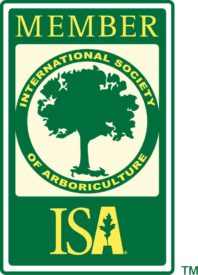

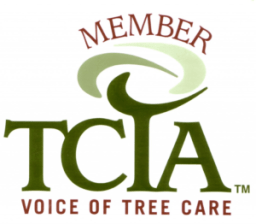
Our Reviews
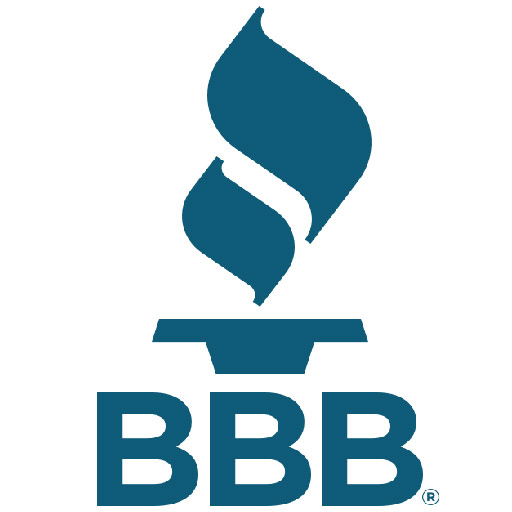
A+ BBB Rating based on 31 BBB Reviews
4.8/5.0 based on 83 Top Rated Local Reviews
4.6/5.0 based on 36 Facebook Reviews
4.0/5.0 based on 4 Trust Pilot Reviews

4.9/5.0 based on 90 Google Reviews
4.5/5.0 based on 13 Yelp Reviews
29 Recommendations on Nextdoor
Total Reviews: 286 ![]() Real Customer Reviews
Real Customer Reviews

